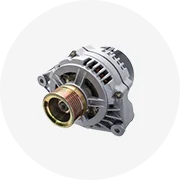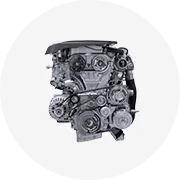Types of Expansion Tanks
There are several types of expansion tanks for Chevrolet Epica, each designed to meet specific operational requirements:
- Pressure-controlled Expansion Tank: Features a valve that regulates internal pressure. Ideal for high-performance engines generating significant heat.
- Vacuum-controlled Expansion Tank: Includes a vacuum valve to draw coolant back into the engine. Suitable for smaller engines or colder climates.
- Combination Expansion Tank: Combines features of both pressure- and vacuum-controlled designs. Best for larger engines or varying climatic conditions.
- Flat Expansion Tank: Compact and cost-effective, often found in budget-friendly vehicles.
- Cylindrical Expansion Tank: Traditional design with higher capacity and pressure tolerance, preferred for heavy-duty vehicles.
- Plastic Expansion Tank: Lightweight and corrosion-resistant, popular in electric and hybrid vehicles.





























































